Power BI Blog: Introduction to Power BI
11 January 2017
Welcome to the very first post in our new Power BI blog series! For more on Power BI in the future, check back here every Thursday for the latest tips, tricks and news. The first few posts in this series are going to relate to users who are very new to Power BI, so if you’re familiar with the product already, hang tight, and we’ll get you some useful tips soon.
First of all – what is Power BI?

Power BI is a tool produced by Microsoft that is designed to assist people with creating business intelligence solutions. It incorporates Power Query / Get and Transform and Power Pivot technology from Excel, and pairs it up with a user-friendly charting and reporting interface, and an enterprise-friendly report and dashboard sharing framework.
Or in layman’s terms: Power BI helps you take data from a range of places and turn it into charts and dashboards that you can share.
Here’s some of the things that Power BI can be used to do:
- Collect data from a range of different sources – Excel files, CSV files, Access / SQL databases, many proprietary databases with ODBC connections, online webpages, and so on;
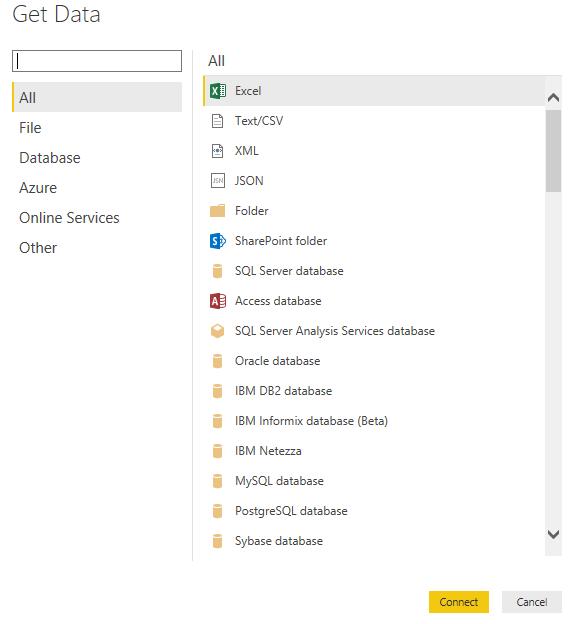
- Clean and transform data by removing rows, sorting, filtering and merging with other datasets
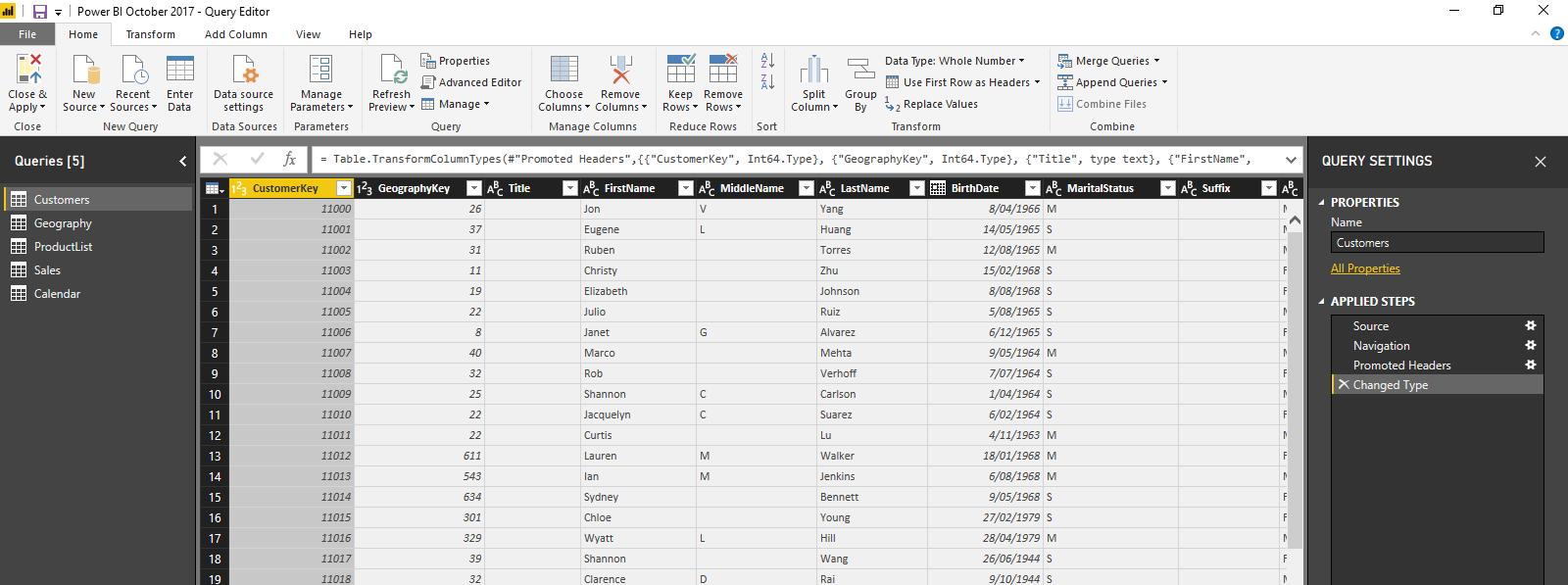
- Link multiple different data sources together to perform analysis across multiple dimensions
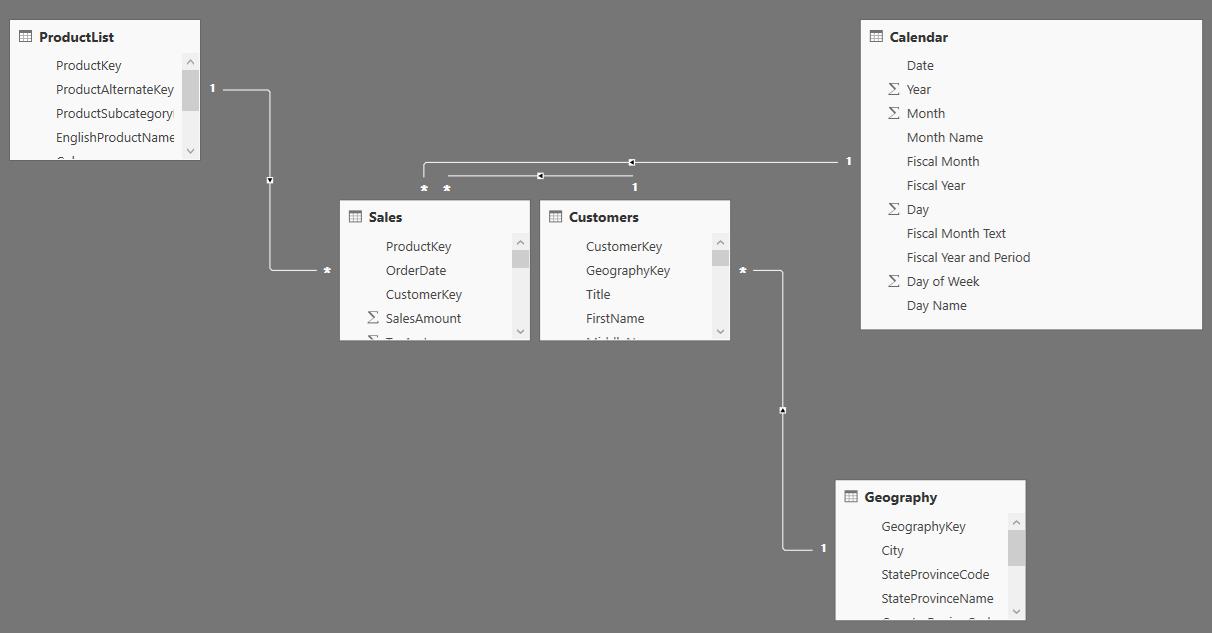
- Create charts using a point-and-click user interface
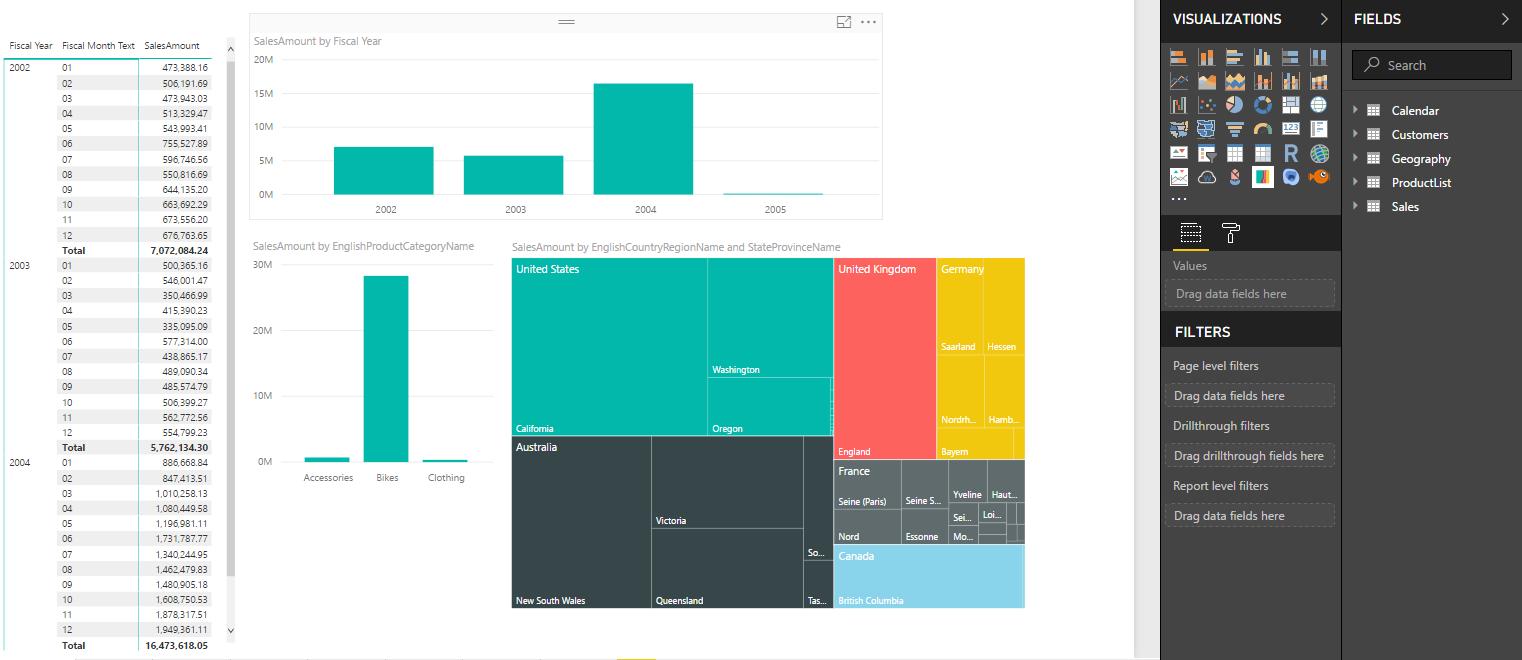
- Share reports and dashboards with others in your organisation
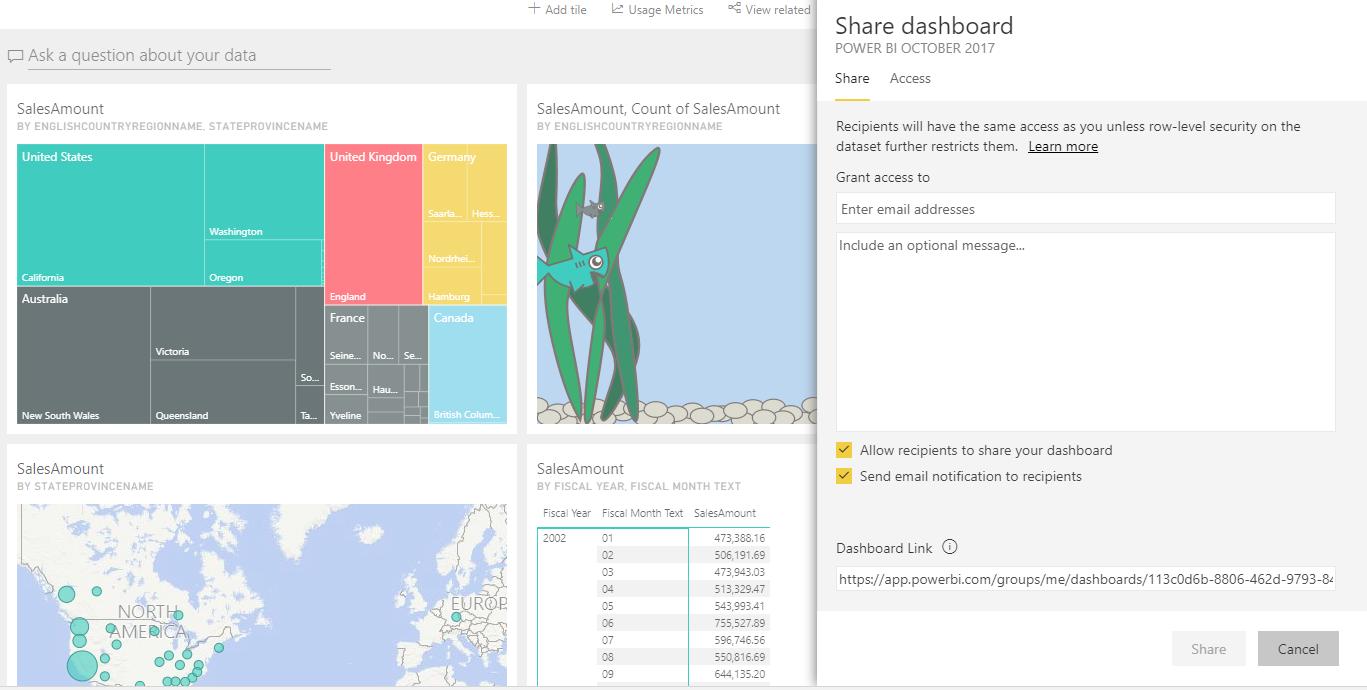
This is just a high level overview of what Power BI can do. Over the coming weeks and months, we’ll take you on a journey that highlights how to make the most of the features that Power BI brings to the table, and help educate you on how, what, where and why to use Power BI over some of the other tools at your disposal. Next week – an answer to a common question – why should I use Power BI when I’m doing everything in Excel right now? See you then!

